The W5500 reference schematic reveals that this device is a ‘current mode’ type of Ethernet controller which requires a device-side center tap connected to a voltage, while the wire-side requires termination.
Here it is:
From here: https://docs.wiznet.io/Product/iEthernet/W5500/ref-schematic
And note the connections:
- The TX device-side CT terminates to 3.3V. This provides a current source for the TX DAC.
- The RX device-side CT terminates to a capacitor, midpoint-biased from the inputs (note the DC blocking caps.)
- The TX and RX field-wire side CTs tie to the Bob Smith termination.
Power Insertion
The power insertion standard for Ethernet is called Power over Ethernet, or PoE. In a nutshell, a DC voltage is overlaid onto two or four pairs of field wires to supply power to field peripherals. It’s part of the 802.3 family of standards, and depending on version it supports power levels from 15 to 90W. More here: https://www.versatek.com/what-is-power-over-ethernet/
What are your basic requirements to support PoE? First, you will need magnetics that can handle it: the internal coil wiring needs to be larger to handle the PoE current. In your case it also needs to be a type for a current-mode PHY.
The PoE injection points are the wire-side center taps. This is the preferred approach as it only requires two pairs. It’s called ‘Alternative A’ in the PoE standards.
You also have the option to inject power on an unused pair, which might make your life easier. This is called ‘Alternative B’.
Some versions of PoE use both the active and unused pairs for higher power. Examples include camaras with pan/tilt motors.
Whichever version and power level you choose, PoE power is 48V DC. This high-ish voltage is chosen to help overcome the I-R drop in a long cable. It requires conversion circuits at each end, at the power source and at the power sink.
PoE converter technology is available from from the usual sources (TI, Linear, MPS, etc.) Typically these converters step up/down from/to a lower voltage, commonly 12V. At the power sink side you would convert the 12V to your local power rails.
Sounds like a lot of work, doesn’t it? It is, but done right (that is, compliant with the PoE standard) it’s a great boon to system installers, making it worth the trouble.
On the other hand, if your volumes are low and your platform very cost-sensitive, you have an option that may make more economic sense: use a PoE inserter. Then you don’t have to do anything different for your magnetics or local power.

